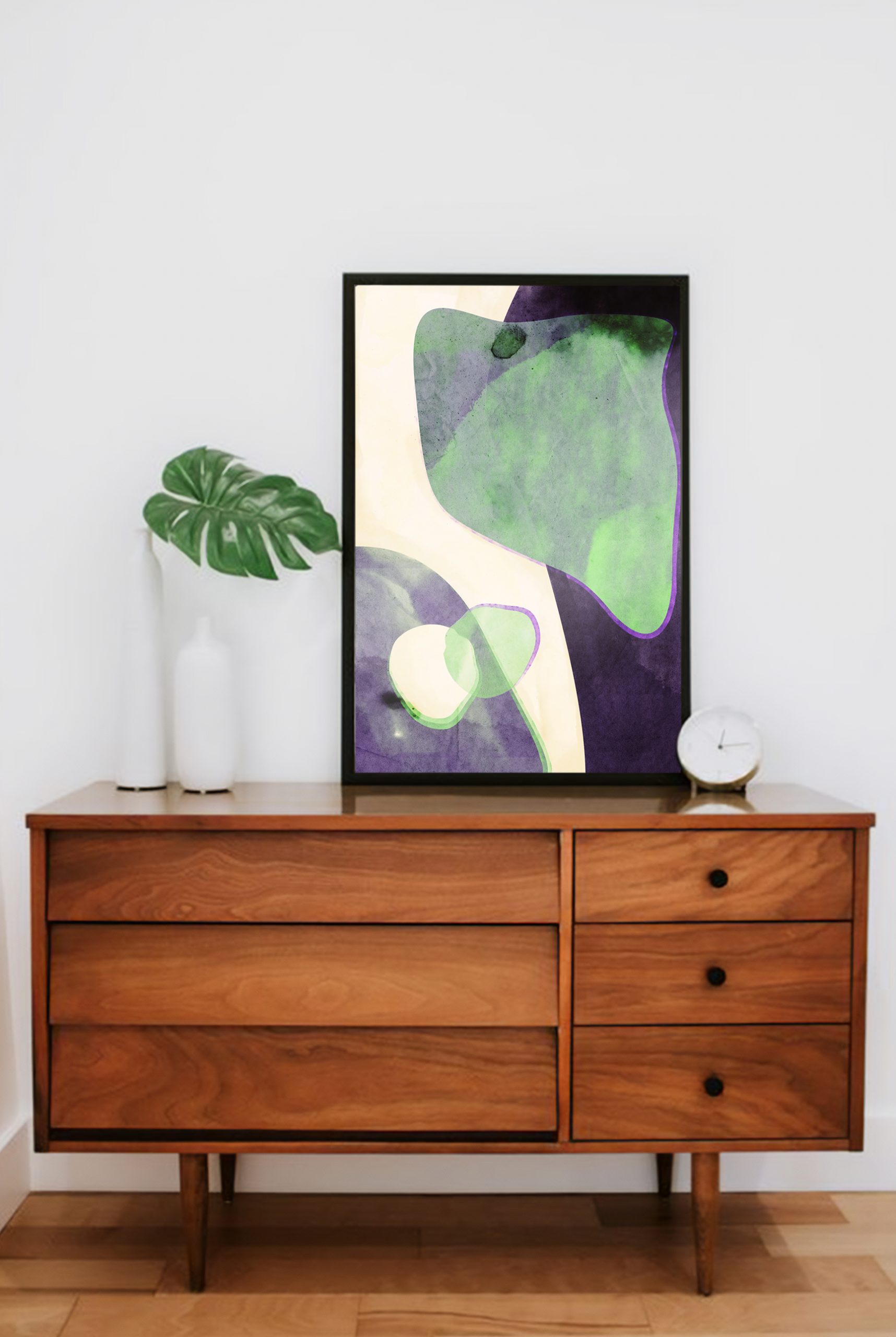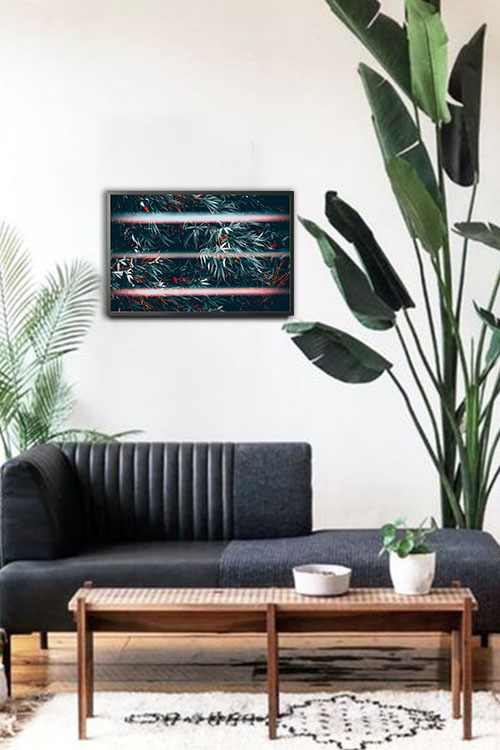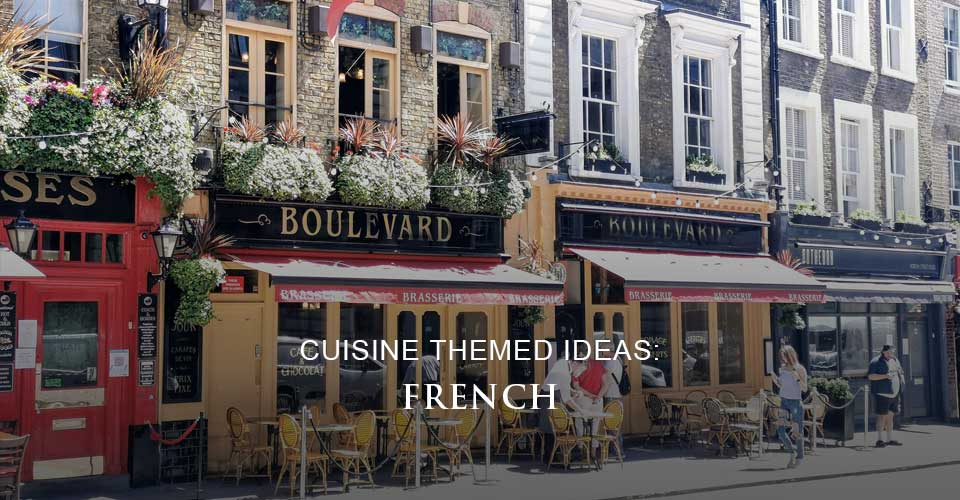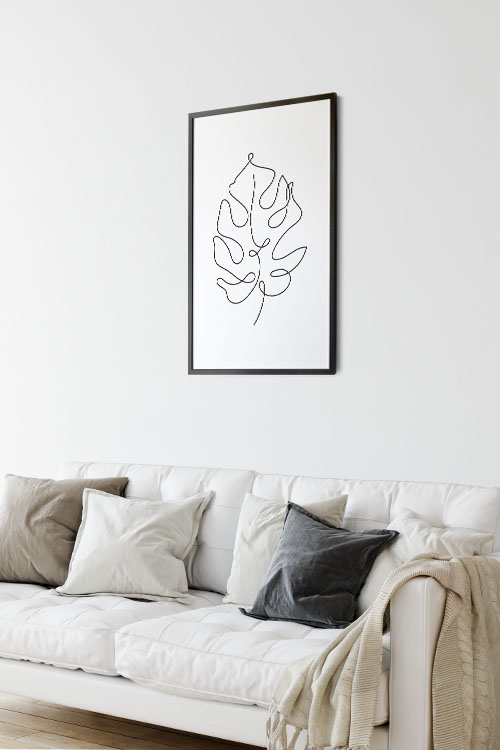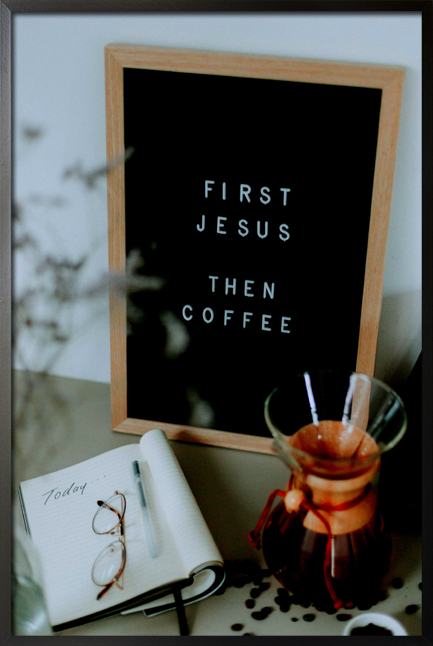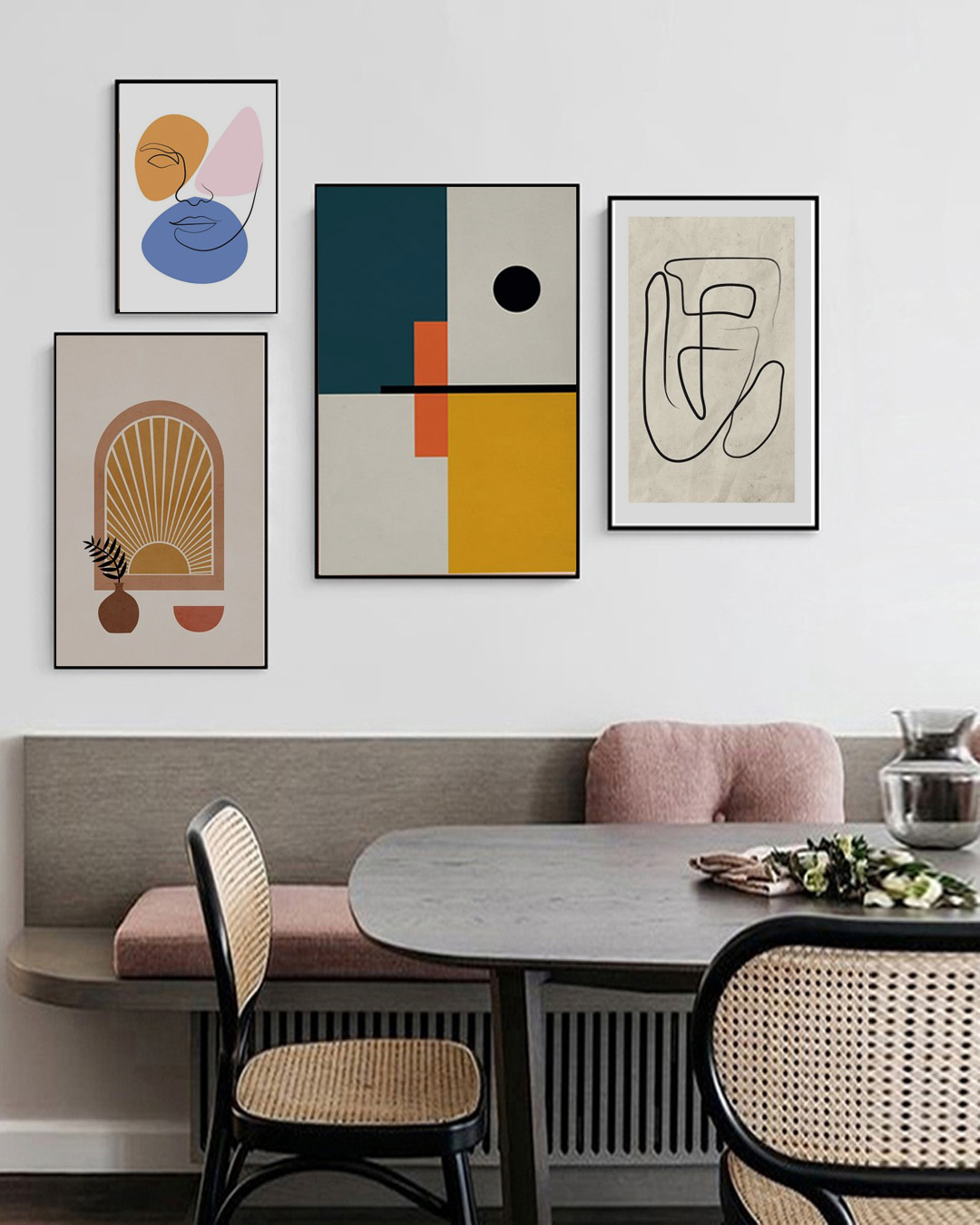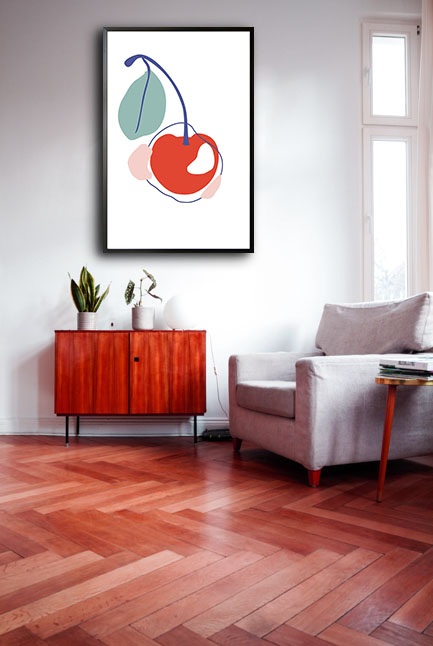Many homeowners prefer the minimalist interior design style as it offers many benefits compared to other styles. Wall art that uses the minimalist style also evokes psychological and physiological benefits. Here is the information you need about minimalist wall art and why many people love the style.
More in simplicity
Being a minimalist is having the ability to do away with unnecessary stuff. It is not about sacrificing happiness to live a simple life. Minimalism is about finding freedom from every aspect of your life, like fear, guilt, depression, and stress.
Minimalism is about having the freedom to make decisions. It helps boost self-confidence, minimize stress, and improve relationships.
As an interior design style, minimalist means devoiding your interior of unnecessary items obstructing traffic and energy flow. A clutterless interior is what minimalist design style is all about. Following minimalist principles can help calm and relax the mind and body.
The beauty of minimalist wall art
Every field has its version of minimalism, like art, music, construction, and design. The style started after the Second World War, and particularly in the American visual arts, artists turned to reduce the different aspects of modernism and the reaction against abstract.
In construction and design, minimalism also became a trend. Every subject is reduced to only the necessary elements, and the emphasis is more on the connections between the different design aspects. One design trait is arranging a room’s essential components to make it look simple.
These principles are essential when considering wall art. It is unnecessary to add anything we love to the walls. That would defy the concept of minimalism. It is of utmost importance to plan the design and be careful with the items that will be added to the walls.
Creating wall art is one solution to finish any living space’s appearance. There are different wall art designs to choose from, and you can design them according to your taste. For example, a simple rope can be formed into a fancy knot and displayed on the living room wall. Posters in black and white or nature-themed prints can help create minimalist wall art.
You may also choose abstract posters with subtle colors. Monochromatic textured wall art can be superb and capture the attention of your guests.
Stress is one of the leading causes of diseases. Designing wall art can help relieve stress and calm our minds and bodies. Minimalist wall art is visually attractive and creates a calm and relaxing room atmosphere. The display of posters is probably the easiest and fastest way of bringing the wall to the next level. You can also use posters to personalize your home. With customized prints, your room will have that appeal that is perfect for any occasion.
Visit our shop, www.artdesign.ph, and choose from over a thousand designs. Personalized posters are the best choice if you are still looking for something that suits your taste. Unleash your creativity and decorate your walls with your design.
